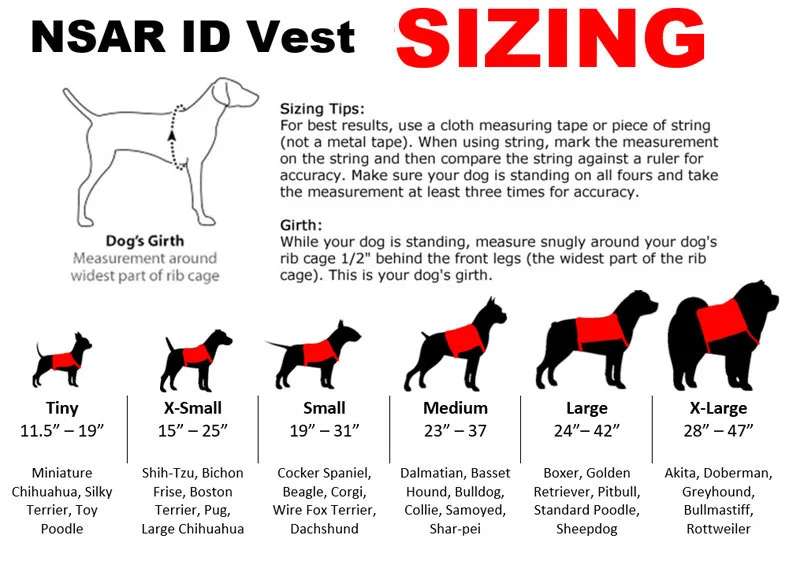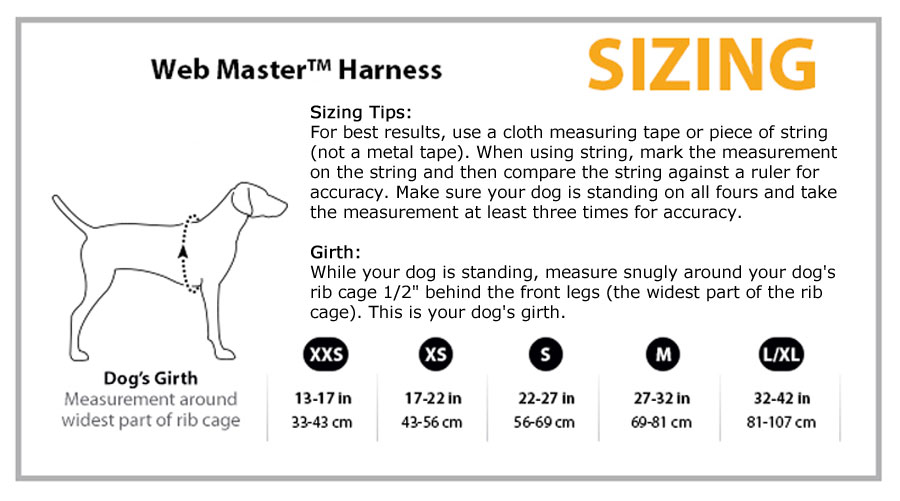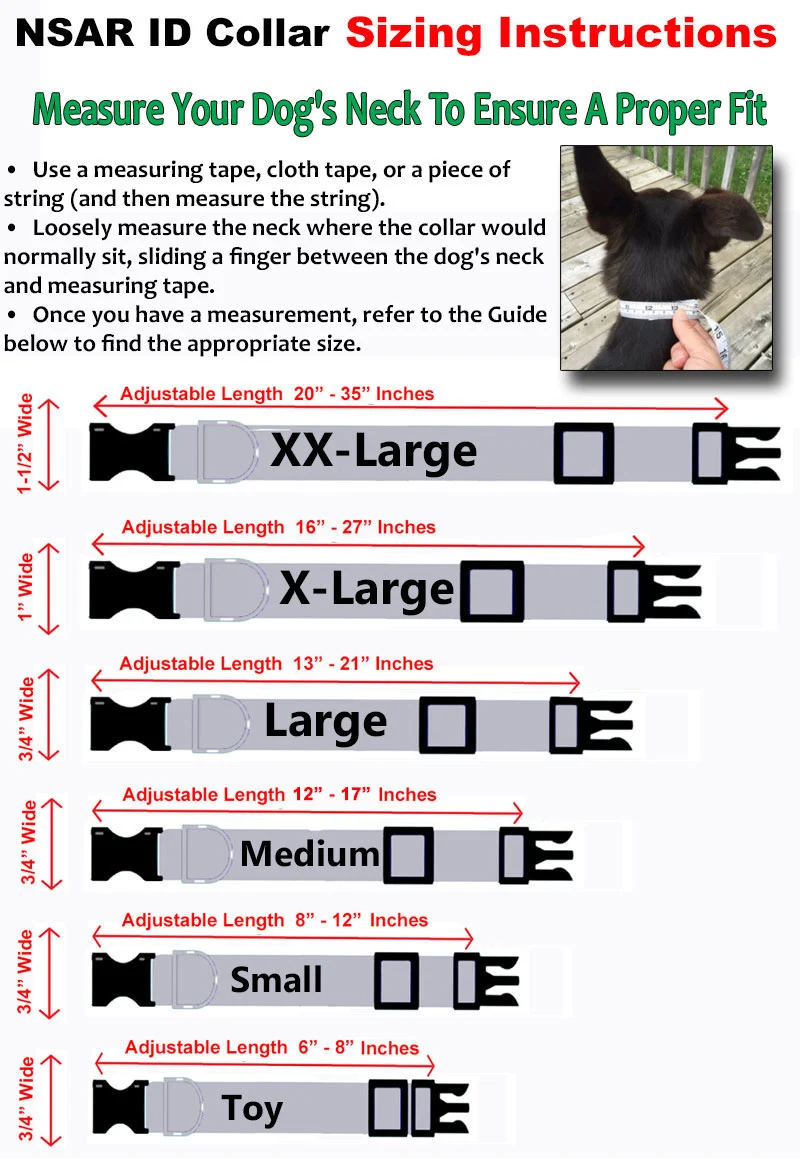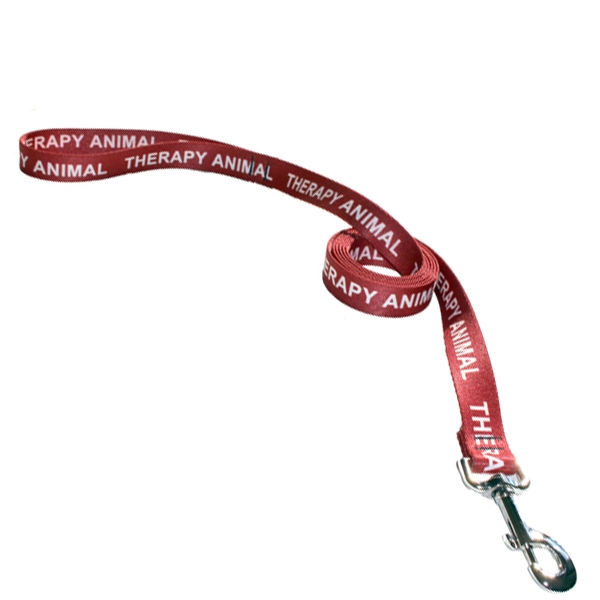
There’s usually much anticipation and excitement when you’re about to introduce a new furry friend home and into the family: Cuddles to look forward to, playful silliness to indulge in, and perhaps, a good excuse to take more walks to the park. Just watching canine behavior, which is so different from our own, yet still so relatable, can provide hours of entertainment. For many, the absolute best part about bringing a service dog (in training) or emotional support dog into the home, however, is the easy companionship they provide. It’s like getting a new friend, or maybe something even more far-reaching: when you welcome a dog into the home, it can be nothing short of welcoming a new family member.
When you consider the significance of such a pivotal moment, it’s also normal to feel a little bit apprehensive about the new addition. How will life change? If it’s a puppy, especially, you may be concerned about the training process, anticipating chewed up shoes and cleaning up urine drenched rugs. Will the pup adjust alright? Will you?
It’s in everyone’s best interest (people and pooches included) to ease the transition with as much care as possible. Dogs are sensitive creatures and feel changes in their environment acutely. You want your new furry family member to move into their new home with as little stress and as much comfort as you can provide.
Preparing the way with smart planning and executing the inauguratory welcome, will not only make your service dog or emotional support dog’s life easier, it will make your life easier, setting the stage for a grand, companionable relationship.
This article will guide you through the process of bringing a new dog into the family with an aim towards minimizing stress for all parties involved, so you can focus on the fun stuff and build a happy, healthful relationship with your new dog.
1. Gather the Tools
First things first: Gather the tools. Naturally, you want to have all the accessories and necessities at the house before your new dog arrives, to prevent hectic scrambling to find a leash when you need to take the dog out to pee, etc. This scenario can create the kind of frenetic energy that is stress-inducing to human and dog alike.
Luckily, it can be fun to shop for your new doggie-friend! You get to pick out colors, styles, and functionality of an amazing array of accessories and toys available online and at the local pet store!
Here’s a short list of the main tools you’ll should have before Woof-Woof gets to town:
A Crate
For many dogs, a crate provides them with a sense of security. Having a place to go to that is both contained and just their own is a great source of comfort to dogs. Additionally, a crate helps with obedience training for the wee-ones.
Dog Bed
Dogs, like people, adore a cozy bed to curl up in. Like the crate, a dog bed can provide them with a comfortable slice of home that is their own alone.
Collar and Tags
Particularly in a new place, you’ll want to safeguard against your dog getting loose, lost, and without tags (heaven forbid)! If yours is a service dog or emotional support dog, collars and ID tags from National Service Animal Registry legitimize the look of your dog, while identifying him/her.
Leash
A leash is sort of self-explanatory, but especially in the beginning, keeping dogs on a leash will make them (and you) feel safe. The first time you introduce them to their new home, you’ll want to bring them in with a leash (more on that below). NSAR offers high quality service dog and emotional support dog leashes at very reasonable prices.
Dog Food!!
Shop around, do some research (maybe ask your vet), or check back on this blog for the best dog food that fits your budget and provides proper nutrition (there are a lot of junk-food dog brands on the market).
Supplements
An important part of your service dog’s health and nutrition, you’ll need to know a little about vitamins and other supplements to help keep your dog in peak physical condition. Do a little research, have a chat with your veterinarian, or check this blog (we’ve done the homework for you) will help you select the most important items. Remember: different ages and different breeds will require different nutrient additions.
Dog Treats and Chew Bones
These can be invaluable for dog training, teeth maintenance, and are an easy way to make your dog feel special!
Food and Water Dishes
It’s important to maintain a water bowl in a designated area of the home which is kept full and fresh, so your dog can monitor his own hydration.
Toys
For puppies, toys will provide hours of play (a helpful adjustment tool since they wont be with their siblings for possibly the first time in their young lives), and additionally gives them something to chew on as they teethe. But even an old dog likes a happy toy or two to chew on 😉
Old Towels and Lots of Rags
You’ll likely need these for mopping up messes, accidents, and cleaning the dog’s feet after a play in a muddy yard, etc.====2. Primp and Preen the Den:====
Now that you have collected the tools and accessories, it’s time to primp and preen the den for maximum comfort for the four-legged. Designate a corner for the crate and/or dog bed. Dogs like having a safe haven, a space just for them.
Decide where the feeding area will be: In the kitchen? Garage? Back Porch? Decide on an indoor and outdoor water station so the dog can be sure to have access to water at all times.
If you have a yard with a fence, maybe you’ll want to install a dog door. Have fun! Arranging a space for a new family member can be a sweet and intentional way to connect before they even arrive.
3. Prepare the Pack
As you collect your handy tools and spruce up the den in preparation for this exciting new adventure with your emotional support dog, you’ll naturally begin to prepare mentally for the family dynamic shift as well. It’s a good idea to gather the pack to establish that everyone is on the same page and has similar expectations.
Discuss with your family or household members how you’d like to incorporate this new wagging member of the pack. What are the rules? Is the dog allowed on the furniture? Are there parts of the house that are off limits? Get the basic law of the land down pat, and you can always adjust, as necessary.
Decide on the commands you will use (do you prefer the command Off or Down for jumping?) so you can maintain consistency among all household members and avoid confusing poor Fido. It’s really a good idea to read up on some basic training techniques to better understand the psychology of your dog and to help enact an effective strategy for training.
Also, divvy up roles, so everybody has a good sense of what is expected of them; who is in charge of feeding? Who is going to get up in the night (if it’s a puppy) so she can relieve that tiny puppy bladder?
Review the appropriate, conservative behavior upon initially bringing your new pooch into the home in order to establish what is expected from the get-go, saving you headaches down the road (more on this below!).
And last, but certainly not least, if you already have a resident dog or cat in your unique pack, you’ll want to consider their comfort as well. Educate yourself on the best way to make an introduction. Animals are territorial, and even if they are a particularly social animal at the park or with the other neighborhood cats, a newcomer to the home-den can be stressful and even frightening. Impervious to any of your new dog’s adorable attributes, they will likely feel as though their safe haven, their very own home, has been invaded by a stranger. And indeed, it has.
Luckily, there are ways to minimize the stress in this situation and hopefully, within a few weeks, if you’re pets aren’t best buddies, at least they’ll accept each other and live in relative harmony. Next week’s blog will focus on introducing your new service dog or emotional support dog to the resident cat. Be sure to check back!
4. Find a Veterinarian
Although we’ll be adding an interesting and informative article on finding the right veterinarian for your service dog or emotional support dog in the next few weeks, in the interim, it’s a good idea to ask friends and family for a good recommendation in your locale. Familiarize yourself with where you’ll be taking your dog for routine health check-ups and shots. It’s best to set up an initial visit sometime in the first couple weeks after bringing your pooch home.
A good vet is an invaluable resource for excellent information on both dog care and dog behavior. They are also an important support system to have in place, should there be an emergency.
5. Introduce Your Dog to the New Territory
The day has finally arrived! You’ve prepared everything so thoughtfully, minding every detail, and now it’s time to bring your furry, slobbering sweetness home! Congratulations you’re about to embark on a wonderful new relationship!
However, as territorial beasts, you’ll want to intro your dog to her new home terrain slowly. In fact, if possible, it’s ideal to familiarize her with the neighborhood a few times before actual move-in day. This way the home-zone is not so foreign.
If it isn’t possible to get a head start on territory-familiarization, (it may be impractical under many circumstances, especially with puppies), that’s okay too. You can facilitate a thorough Project Familiarization on Day-Move-In too.
A good rule of thumb for introducing your new dog to the home-place is to start wide, and circle in. That just means, don’t just jump into the deep end without testing the water (or in this case, the center of activity in the house). Instead, before even going into the home-den, begin with a walk around the neighborhood. Let your hound get a sense of the territory at large: the smells, sights, and sounds.
There are several important benefits of this initial walk:
- It serves to tire your dog out even just a little. Arriving at a new home can be VERY exciting for your new friend, and it can easily become a wild and crazy affair! As silly and (sometimes) entertaining as this may be, it’s a good idea to minimize this initial craze (I’ll explain why below). Expending a little energy on a walk will help him or her come home for the first time in a slight calmer, more manageable state, better prepared to relax into a new space.
- The walk enables the dog to relieve him or herself, minimizing the chances that it will happen on your living room carpet.
5. Coming in for a Landing, We Arrive: The Home-Den
As you circle the neighborhood, you finally narrow your focus into the home-den. When you enter the house, do so in a calm and calculated manner to prevent hyper-excitement. The reason is that this very entrance impacts the tone of the relationship and living space, as your dog understands it.
So, if you immediately take the leash off and let the dog run wild through the house, frolicking in frenzied excitement encouraged by nearly, equally excited family members who shriek, coo, and besiege the mutt with hugs and pets, ruffling his fur in passionate adoration for his adorableness – well, the stage will have been set.
It’s natural for us to welcome a new member with a party and celebration, but for a dog, this first intro to the home sets the tone for the rest of your years of cohabitation. It’s crucial to set up boundaries. If you open the door and let the dog run wild through the house, you are effectively signaling that there are no boundaries. Going back and retraining isn’t always the easiest or most pleasant of tasks. Without boundaries, your dog is led to believe that the entire home is theirs to do with as they please, which means they can beg, jump, and chew on everything, should they feel the inclination.
It’s much more difficult to correct these behavioral problems later than it is to just establish the norm immediately. Structure will actually provide stability and comfort to your dog, who has it in their instincts to function within a hierarchical, organized group, and will appreciate having a good sense of their own place within the group. Better to save the party for later and show the dog a tranquil experience that firmly communicates expectations.
You can do this by following these simple suggestions:
- Keep your cool. Dogs are pack animals, and together, you are now a pack. It’s important for you and the other resident humans to be the Alphas in this pack. Establish this rule from the beginning. Present your dog with an air of calm authority and assertiveness. Keep the stimulation to a minimum; this means controlled talking to and touching the dog. In addition to establishing your controlled leadership, this is compassionate to his or her sensitive-doggie-nervous system. Your dog may now be in a loving doggie-resort, and is already plenty stimulated by the new environment.
- Keep the dog on the leash, at least initially. This has the dual benefit of providing poochy-pooh with security and establishing dominance. It lets them know this is not their space to run a free-for-all in. This is your space. Show them their special space, but first, make it understood where it is not.
- Continue the home exploration, by moving from one room to another, pausing only a few moments in each to acquaint the dog with the quarters.
- As you navigate through the various rooms and spaces, always enter ahead of the dog. This is important to establish your dominance. Try not to let the dog enter each room until you’ve given permission. Have them wait, even sit until you give the signal (this is obviously easier with an older, trained dog, but there’s no time like now to begin the training process!).
- After finishing the home exploration, acquaint your new pet with the feeding area. Offer a doggie-treat and an opportunity to lap up some water.
- Present him or her with her own slice of heaven. Take her to her crate or dog mat and let her know it’s all hers. Remove the leash (finally!). Watch and see what she does. Maybe she’ll lay right down to rest and absorb the moment, confident that she’s found her place. Maybe she’ll want to sniff around some more or come spend time with you. Don’t be afraid to use a small treat to facilitate this.
It’s no problem, either way, but let you emotional support dog decide: if it wants to rest, let it. And maintain the same cool calm as you have been. It’s okay to be friendly and affectionate if he/she wants to spend time with you, but try not to build the energy up in an exaggerated way. You are still setting an example of dominance and expectations particularly during the first few hours.
Conclusion
If you follow these steps, welcoming your new, sweet pooch into your home will be close to seamless. Just remember, it always takes a little while to acclimate completely. Be patient and you’ll have years full of belly rubs and love to look forward to from a devoted and loyal friend. Congratulations!





















